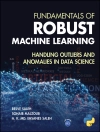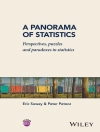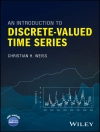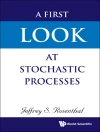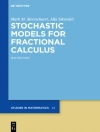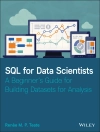R is a rapidly evolving lingua franca of graphical display and statistical analysis of experiments from the applied sciences. Currently, R offers a wide range of functionality for nonlinear regression analysis, but the relevant functions, packages and documentation are scattered across the R environment. This book provides a coherent and unified treatment of nonlinear regression with R by means of examples from a diversity of applied sciences such as biology, chemistry, engineering, medicine and toxicology. R. Subsequent chapters explain the salient features of the main fitting function nls (), the use of model diagnostics, how to deal with various model departures, and carry out hypothesis testing. In the final chapter grouped-data structures, including an example of a nonlinear mixed-effects regression model, are considered.
Inhoudsopgave
Getting Started.- Starting Values and Self-starters.- More on nls().- Model Diagnostics.- Remedies for Model Violations.- Uncertainty, Hypothesis Testing, and Model Selection.- Grouped Data.



